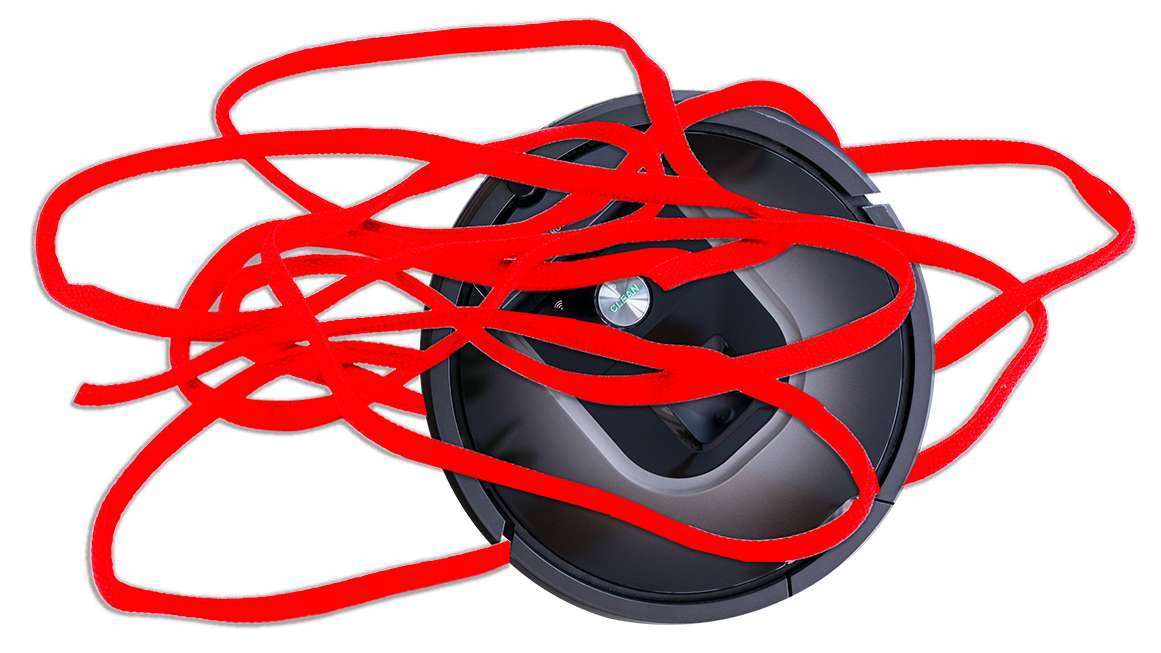HOME BUILDING A COMPLETE RADIO STATION
Welcome to the joys, frustrations and triumphs of building your own ham radio station! Over the last century amateur radio has evolved into numerous different hobbies. Some hams enjoy weekend contests in which they try to contact as many stations as possible. Others talk to as many of the world's 341 call areas as possible and collect QSL cards to prove it. Other hams just like to ragchew with friends. Still others communicate over long distances at UHF frequencies using satellites, meteorites, aurora and other substitutes for a sunspot-charged ionosphere. Some hams provide communications for their communities during emergencies. Many of us have returned to the early days of radio by building our own equipment from scratch. Most home builders start by building QRP (low power) transmitters. If this doesn't satisfy your urge to build something, you can move on to build the entire station. That is what this website is about. CRYSTAL SETS TO SINGLE SIDEBAND REVISION 15 This book on homebuilding began 15 years ago. I continue to revise it and add projects when I have something new to offer. Comments from readers have often helped me weed out errors and clarify the explanations. When I make significant changes or additions to chapters, I label that chapter as the next revision. The last chapter that received a major addition was CHAPTER 17B Optical communication The book is in .PDF format and is arranged to be downloaded one chapter at a time. Expect a short delay while each chapter is being received. This book may be copied and used for any non-profit purpose you like. As examples, it has been used as a textbook for beginning electronics classes. Also, chapters have been translated into other languages and placed on amateur radio club websites. The entire book (revision #9) was translated into Spanish and is available below. I welcome your comments and criticisms. Kindly e-mail me at [email protected] 73s and GL! - Frank Harris, KØIYE FOREWORD CONTENTS CHAPTER 1 - The Fascination of Radio CHAPTER 2 - Homebuilding Amateur Radio Equipment CHAPTER 3 - Setting up an Electronics Workshop CHAPTER 4A - Hertzian Waves in the Basement CHAPTER 4B - Hertzian Waves in the Basement (continued) CHAPTER 5A - Getting on the Air - What to do First CHAPTER 5B - Getting on the Air - Antennas CHAPTER 6A - Building a Homebrew QRP CHAPTER 6B - Building a Homebrew QRP (continued) CHAPTER 7A - Building a Direct Conversion Code Practice Receiver CHAPTER 7B - Building a Regenerative Code Practice Receiver CHAPTER 7C - Building a Superhetrodyne Code Practice Receiver CHAPTER 8 - Power Supplies CHAPTER 9 - Accessories for the Transmitter CHAPTER 10 - Variable Frequency Oscillators CHAPTER 11 - Building a VFO for the Higher Bands CHAPTER 12 - Simplified QRO Amplifier Designs CHAPTER 13A - Building an All-Band Receiver CHAPTER 13B - Building an All-Band Receiver (continued) CHAPTER 14 - Old-Tech Vacuum Tube Radio CHAPTER 15 - The Nobel Prize for Sideband CHAPTER 16A - Homebuilding VHF amplifiers & frequency generators CHAPTER 16B - Homebuilding 2 meter VHF transmitter circuits CHAPTER 16C - Homebuilding 2 and 6 meter VHF receiver designs CHAPTER 17A - Ancient Modulation and other Topics CHAPTER 17B - Ancient Modulation and other Topics (Continued) CHAPTER 17C - Ancient Modulation and other Topics (Continued) SPANISH TRANSLATION - de la galena a la banda lateral moderna Website last revised - July 14, 2021
Over the last century amateur radio has evolved into numerous different hobbies. Some hams enjoy weekend contests in which they try to contact as many stations as possible. Others talk to as many of the world's 341 call areas as possible and collect QSL cards to prove it. Other hams just like to ragchew with friends. Still others communicate over long distances at UHF frequencies using satellites, meteorites, aurora and other substitutes for a sunspot-charged ionosphere. Some hams provide communications for their communities during emergencies.
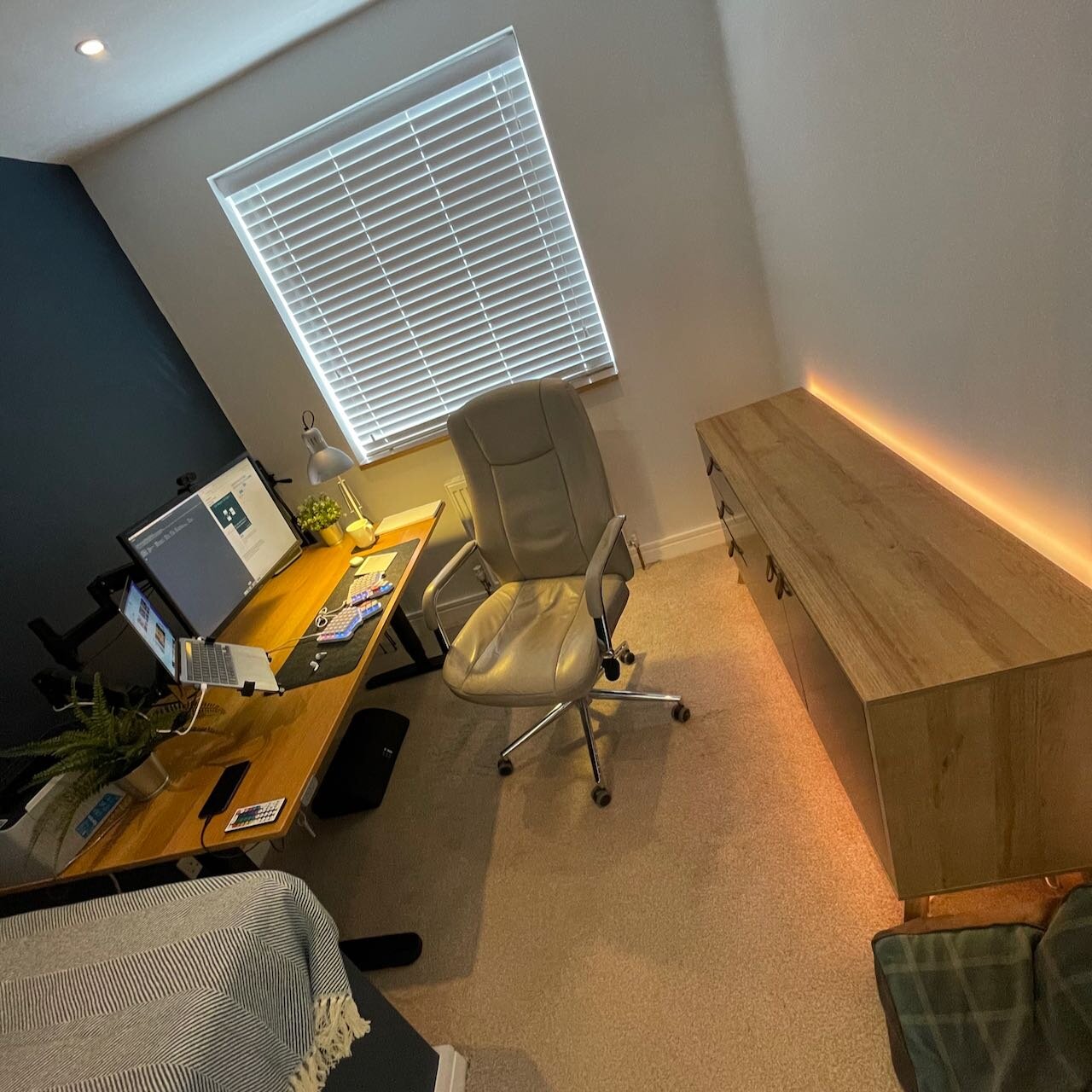
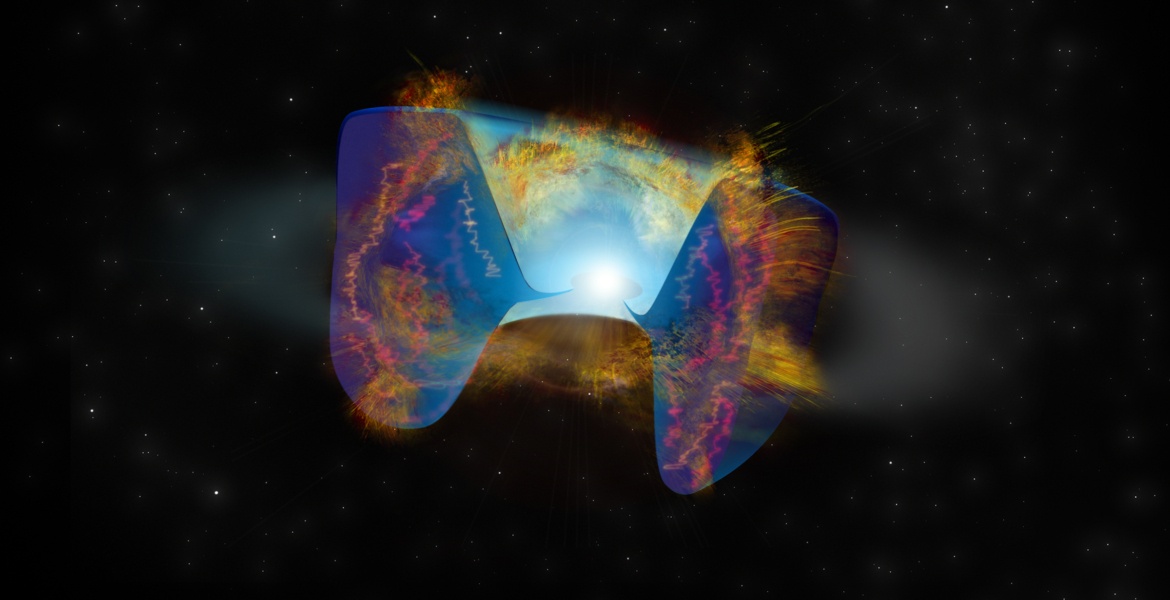


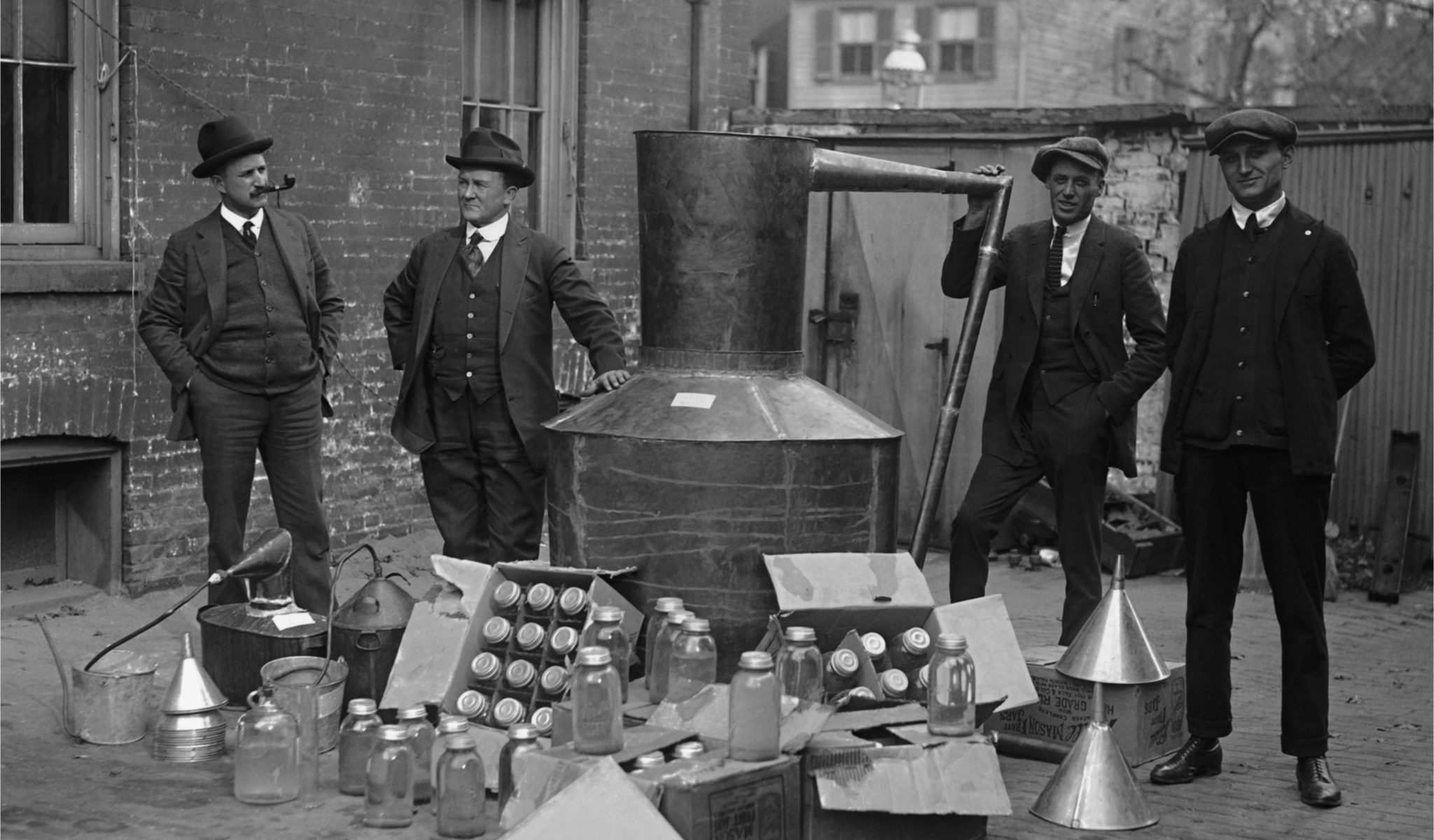
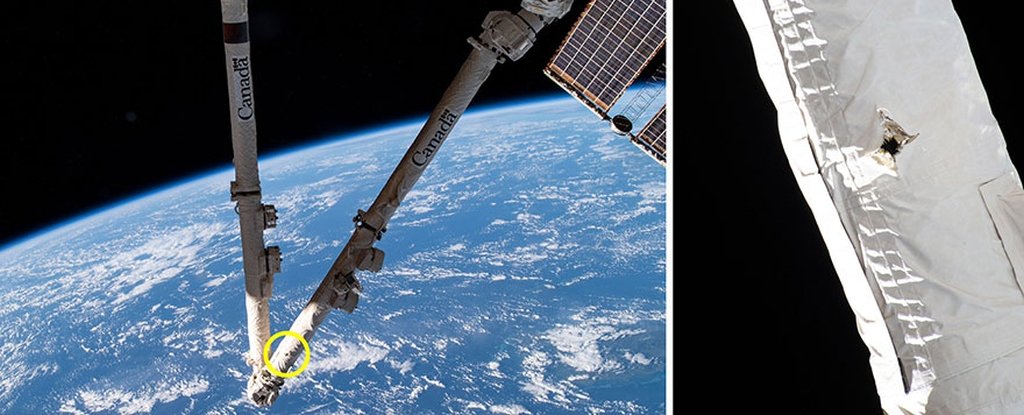





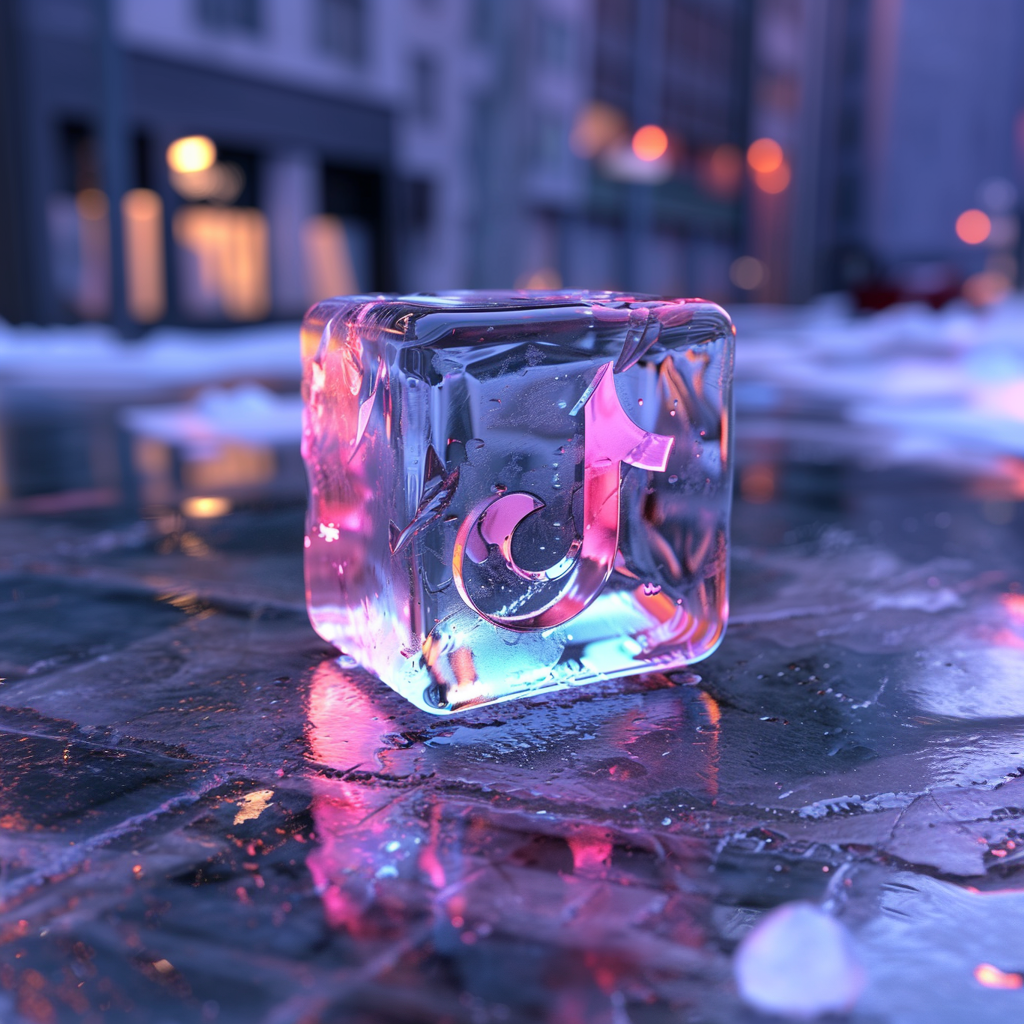




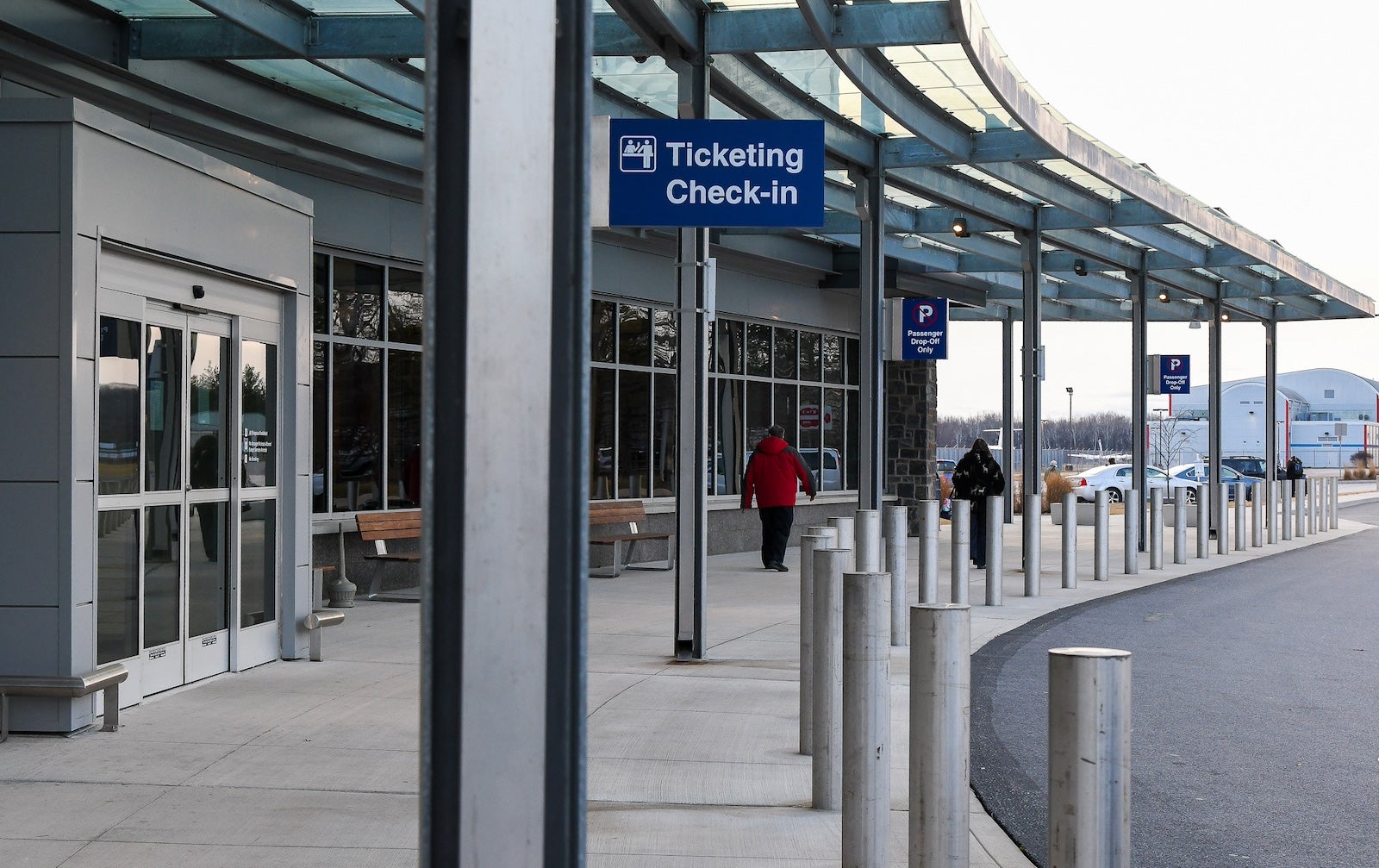
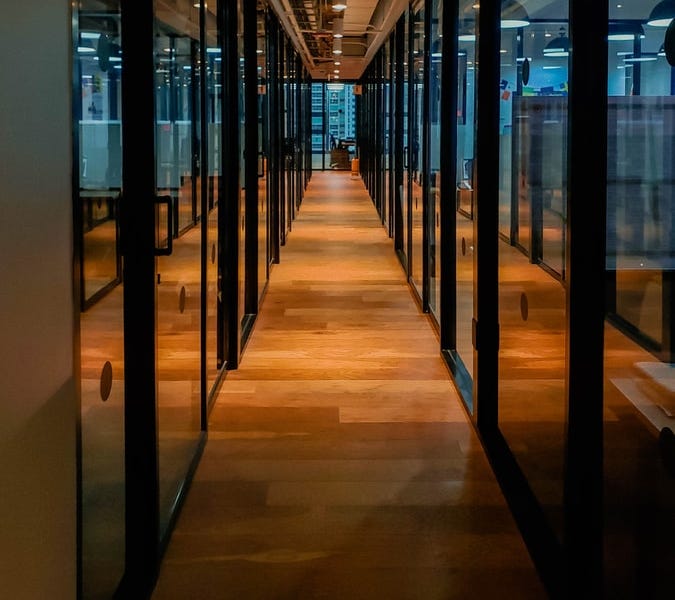
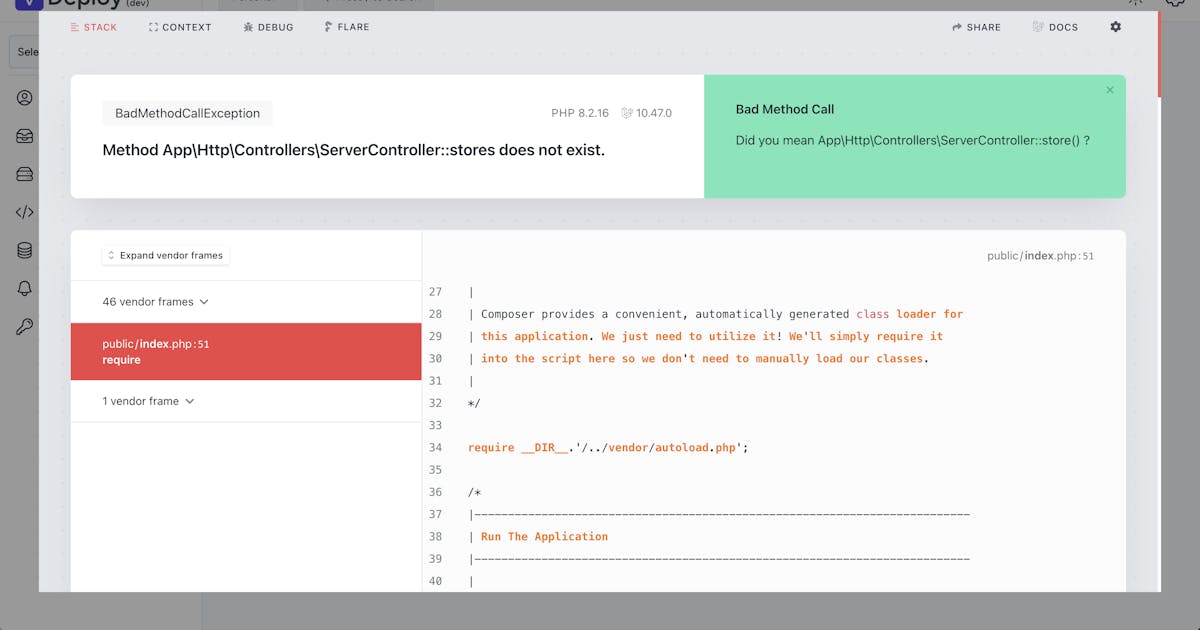
/cdn.vox-cdn.com/uploads/chorus_asset/file/25415491/DSC08587.JPG)




